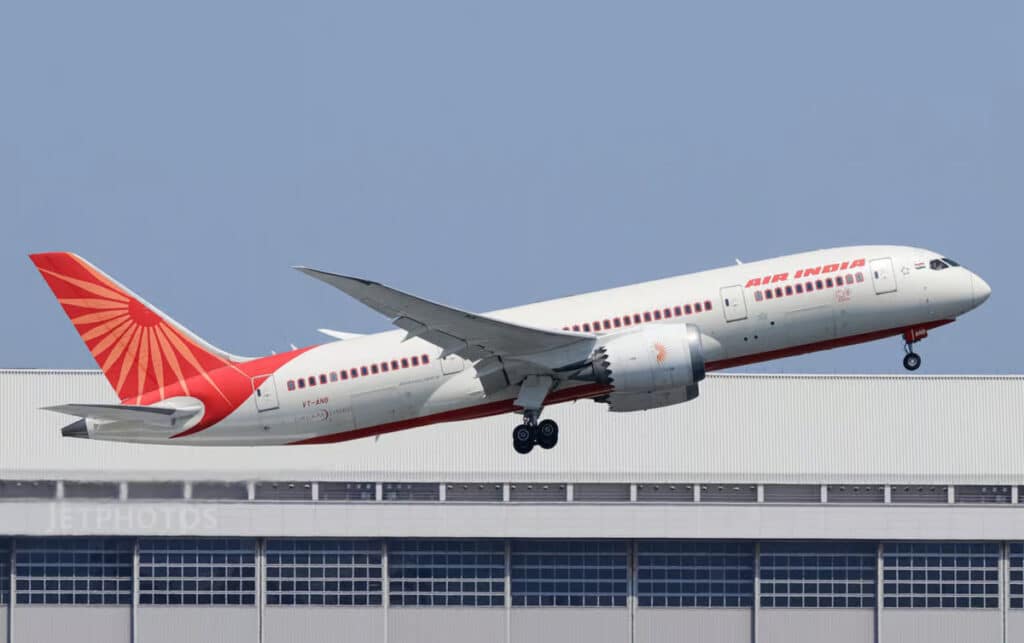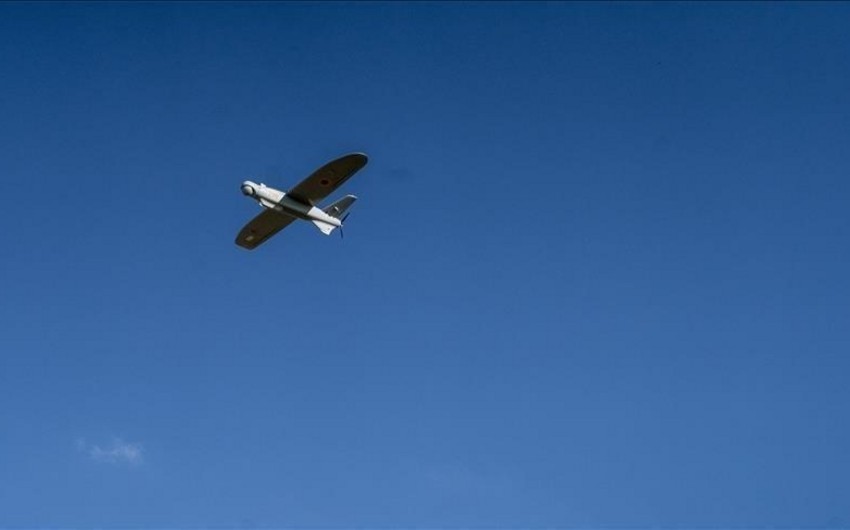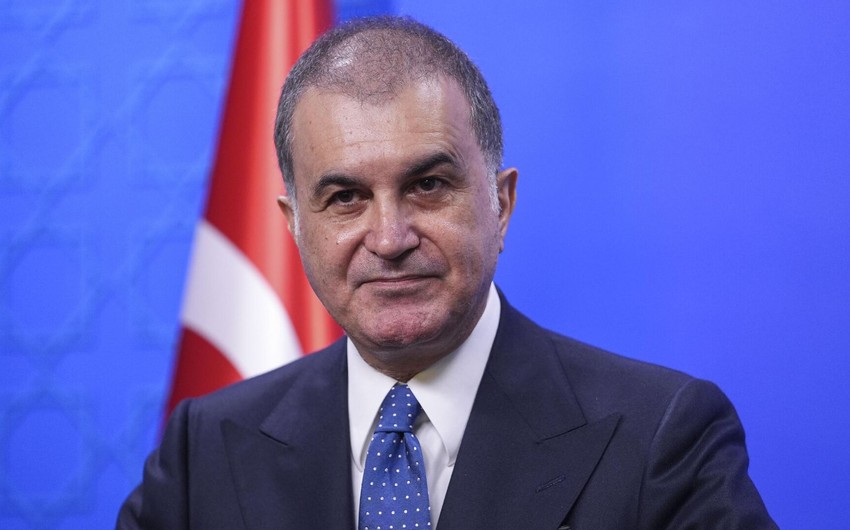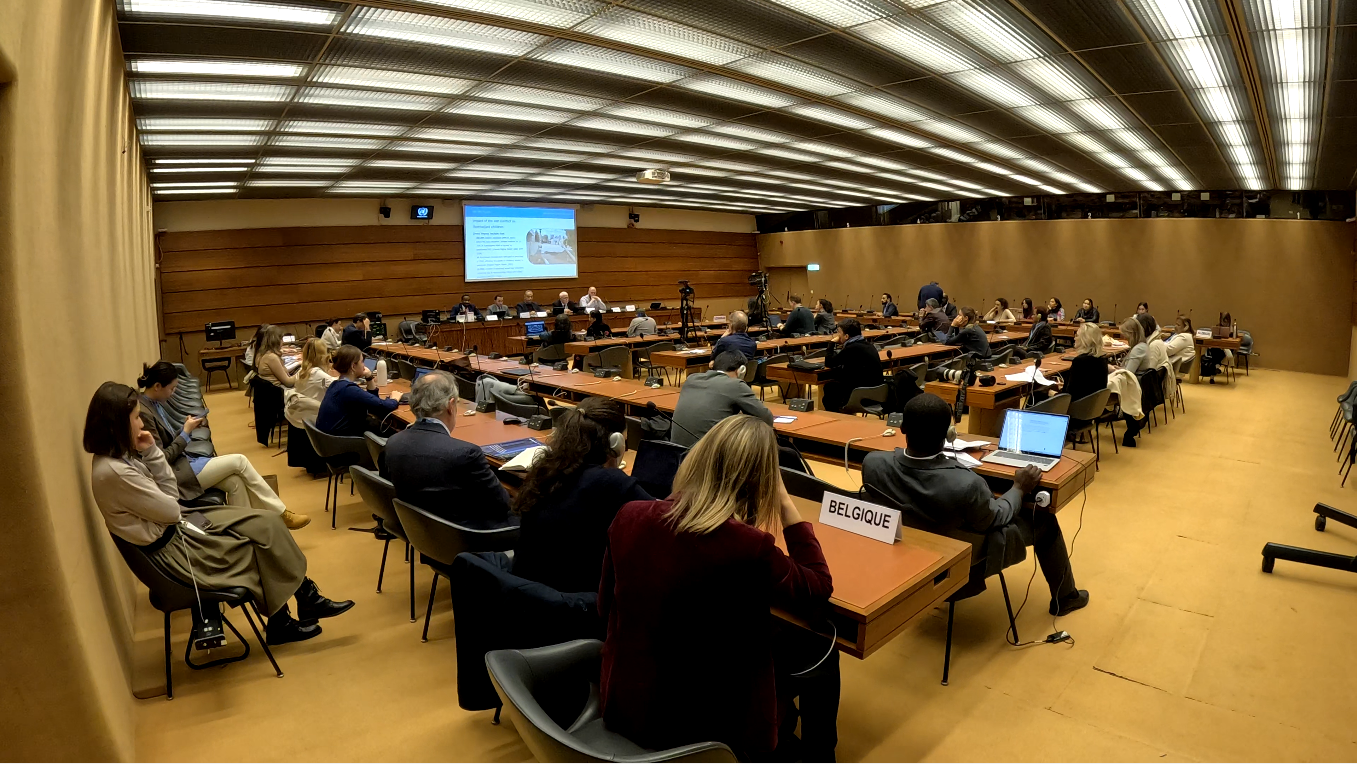Authorities investigating the fatal crash of the Air India flight last June 12 are focusing their principal suspicions on what happened inside the cockpit and less on the Boeing 787's failures, Ednews reports, citing the VOZ.
As revealed by The Wall Street Journal, the investigators' initial findings allegedly suggested that the accident may have been caused by human error: the switches that control the flow of fuel to the Boeing 787 Dreamliner's engines were inadvertently turned off in mid-flight.
This situation is preponderant in determining what happened on the flight. These switches, which are used to turn the engines on or off or restart them in an emergency, must remain active throughout the flight; therefore, their deactivation at takeoff is unusual, to say the least.
According to the WSJ, it is still unclear whether this decision was an accidental, deliberate action or whether the pilots attempted to reactivate them before the plane lost power.
The loss of thrust would have activated the plane's emergency generator just before the aircraft crashed into a student residence on the outskirts of Delhi. All but one survivor died in the tragic crash, killing 279 people, including all the occupants.
The preliminary report from India's Air Accident Investigation Bureau is expected to be released as early as Friday, according to the WSJ. So far, neither Boeing nor GE Aerospace, the maker of the engines for these models, has issued technical directives for their fleet, a detail that indicates no design or maintenance flaws have been detected in the aircraft.
The captain of the flight, Sumeet Sabharwal, was an experienced pilot who had more than 10,000 flight hours on wide-body aircraft. Meanwhile, his co-pilot, Clive Kunder, exceeded 3,400. The families of both pilots have made no statements so far.
Since the crash, Air India has been undergoing a delicate transition process after years of being under state control, and this accident comes at a critical time for the company.
US officials collaborating on the investigation expressed their discomfort with the Indian authorities' slow pace in analyzing the black boxes. According to the report, they even considered moving them out of Delhi, but to no avail.
The case, which is still far from being closed, would mark one of the most serious and unprecedented episodes in recent commercial aviation history if it is confirmed that the accident was caused by human error rather than machine error.









